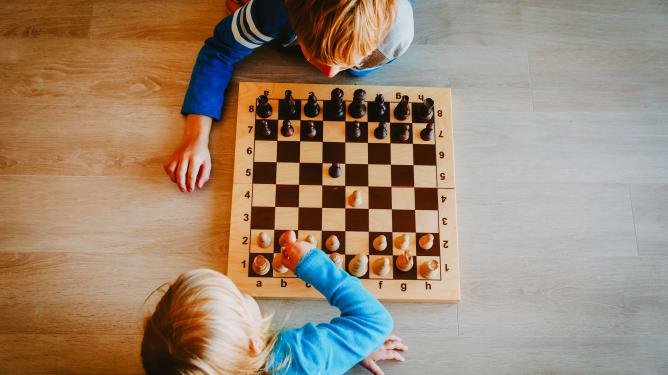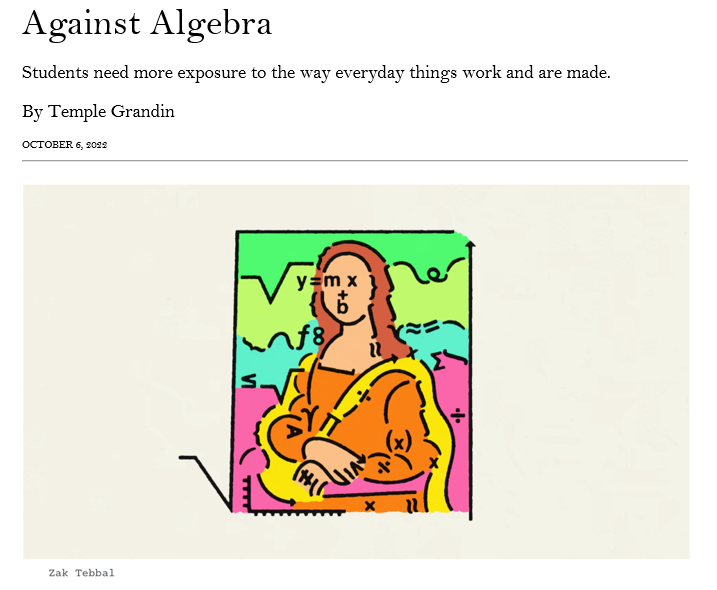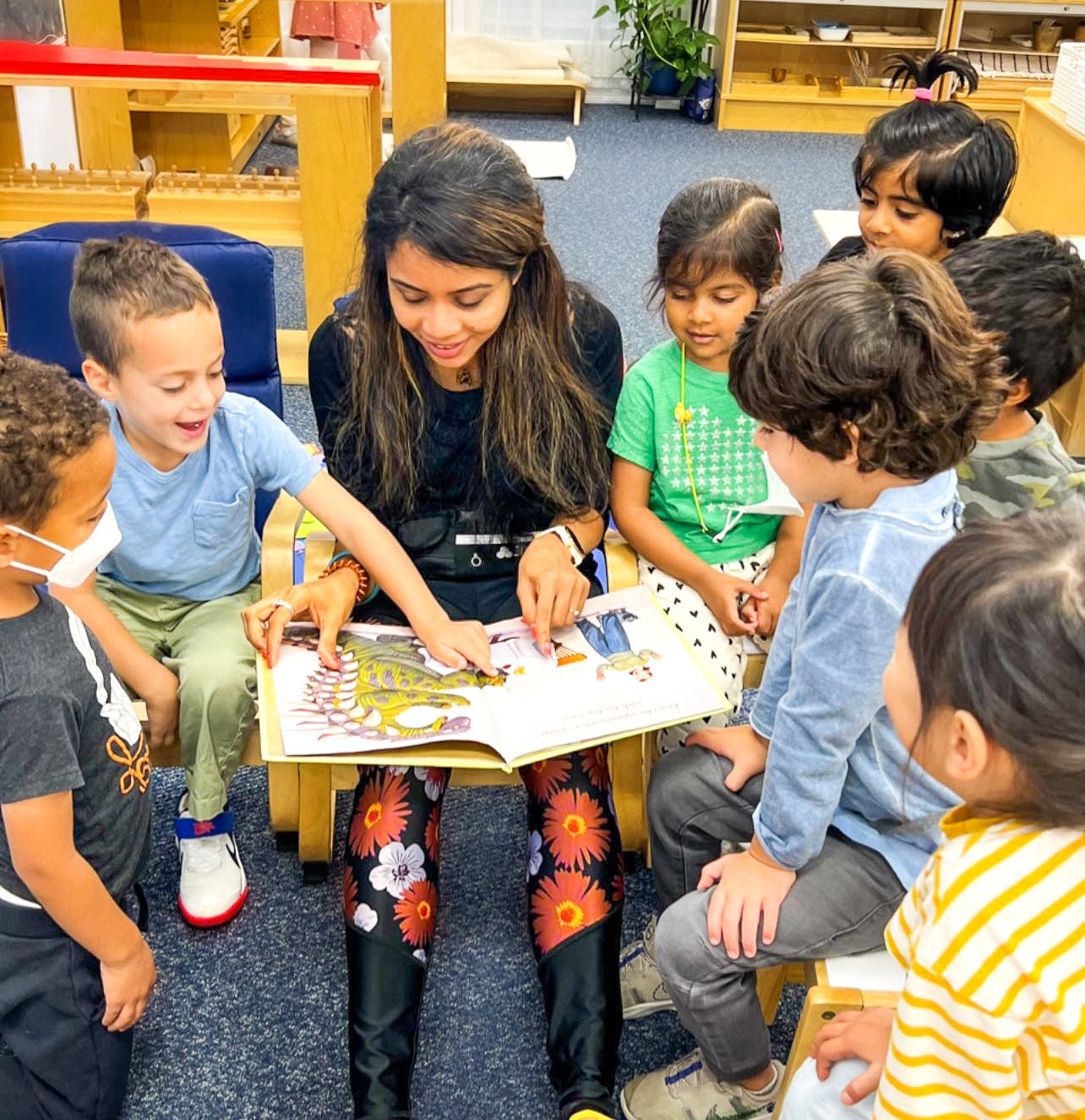Most schools and theater companies take eight to twelve weeks to put together a musical production. Here at Waterfront Montessori, our Elementary and Middle School students go through the whole process – from blocking scenes to learning choreography and vocal parts to designing and creating the sets, props, and costumes necessary for the show – in just two weeks.
What sounds like artistic madness is, in fact, one of the best educational experiences for our students. Learning how to handle the pressure needed to perform to a deadline is a necessary skill. Adults know what it’s like to feel performance stress in our professional lives. This is often “taught” to children through make-or-break testing and exams that leave students lacking confidence and high anxiety. The content that students are expected to learn for these assessments disappears once the score has been assigned. Students are left with the emotions that the experience provided, which are often negative.
To prepare for a production such as this, our students tap into a diverse range of skills to bring the performance to life. Academic subjects are intertwined with artistry: Students use STEM and Design to create unique and original props, and literary analysis and historical context to understand the story they are telling. The process involves a rich blend of artistic expression, research, collaboration, creative and critical thinking, and even media literacy and ethics – many of which the International Baccalaureate Organization calls Approaches to Learning, or ATL Skills. Students not only enhance their ability to perform but also develop a well-rounded set of competencies essential for success in both the arts and academia.
Our two-week intensive rehearsal process is also a Montessori Practical Life exercise that gives students a unique opportunity to experience the pressure to perform in a more joyful and realistic setting than test-taking. As adults, the all-nighters spent preparing for final exams or their SATs will not be the part of their preparation for life they will want to remember. However, they will look fondly back at the two weeks they spent with their classmates preparing for shows like Frozen, Matilda the Musical, or Oliver Jr. and reflect on not only the incredible production but how proud they were of the work they put into it.










